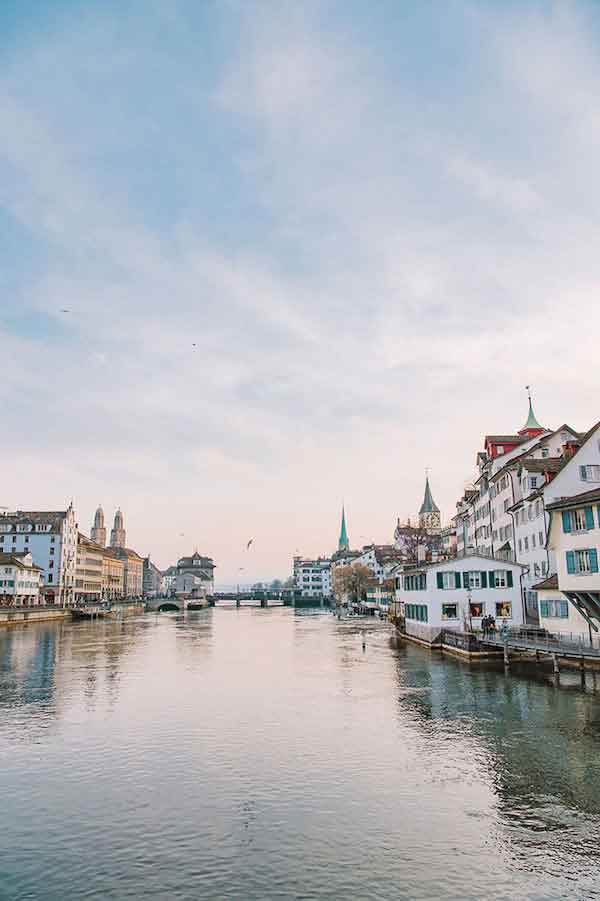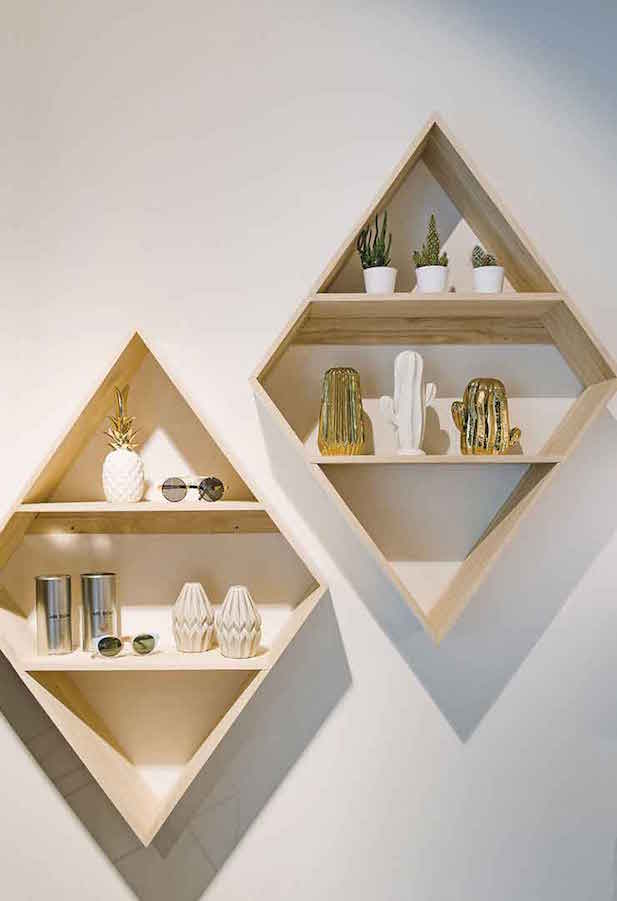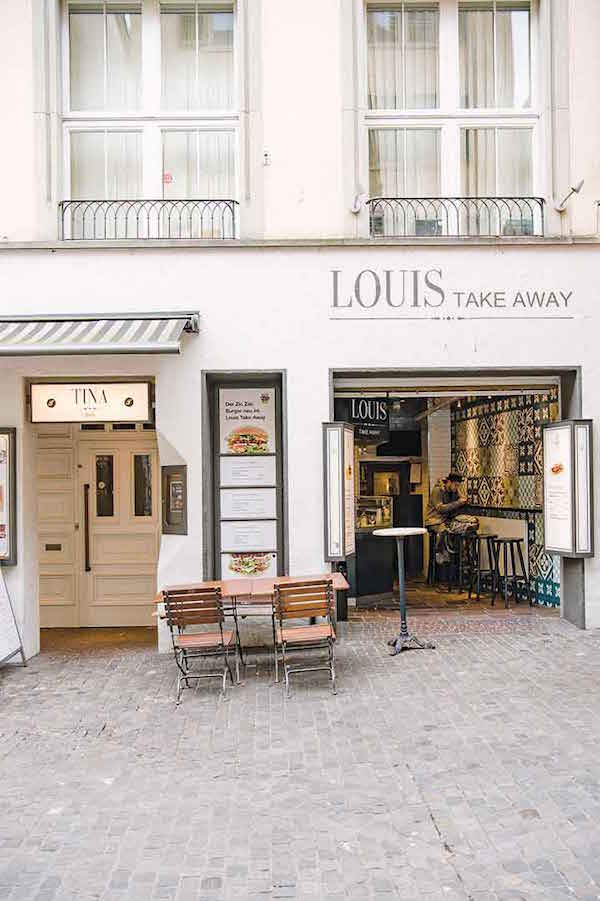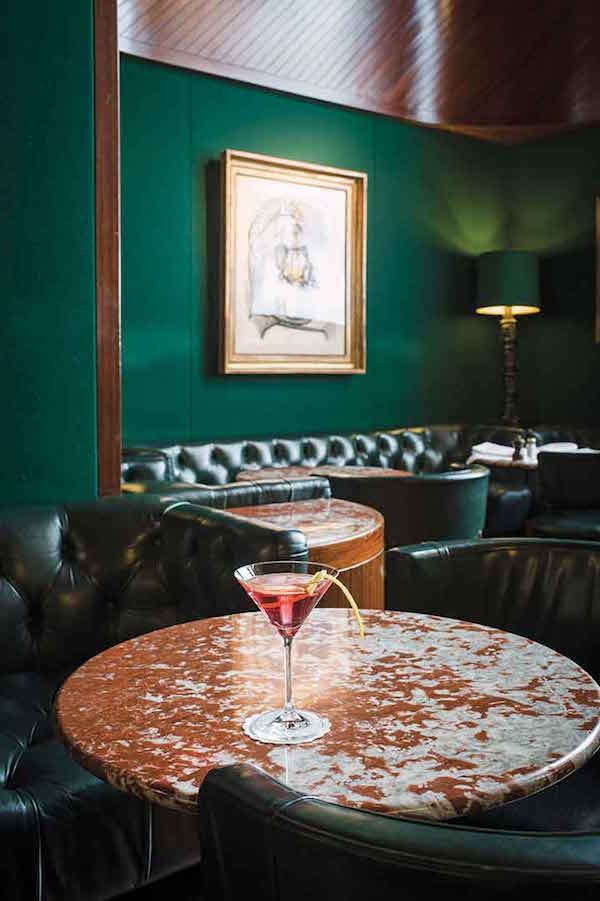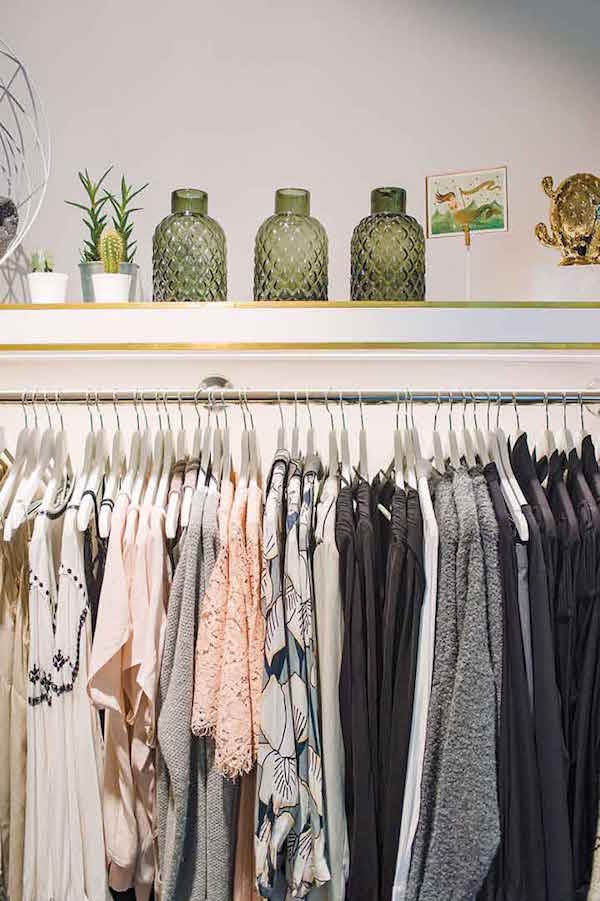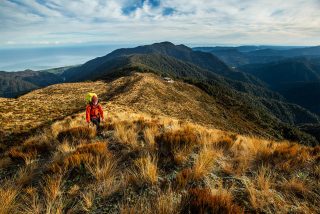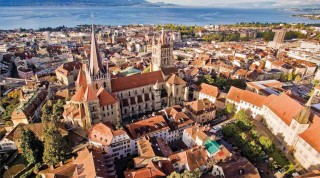Forget the city’s staid reputation as a financial capital. Twenty-first-century Zurich is much less buttoned-down, with a multicultural population, a dynamic food scene, and architects and designers who are reshaping the cityscape.
When I first moved to Zurich, from New York City in 2012, I assumed I was leaving a diverse, multicultural city for a more staid and homogeneous one. My New Yorker friends, a cornucopia of different nationalities, races, and religious backgrounds, joked that I was trading in Gotham’s vibrant milieu for a slice of rich white Europe. But Zurich, it turns out, is not what you think. It’s only slightly less diverse than New York (37 percent of New Yorkers are foreign born, while 31 percent of Zurichers are), while a staggering 61 percent of residents are secondos (Swiss born, but with foreign-born parents), putting the city in a class like no other.
Yet its reputation as a stuffy and expensive banker city lingers. To be fair, the expensive part is true: Zurich’s cost of living is among the highest in the world, as is its denizens’ quality of life. But stuffy? That part of the equation has become less and less true over the course of my five years living here. New international ideas have slowly infiltrated the old Swiss rules, and today the city is seeing its status quo challenged on an almost daily basis.
It all started in the 1990s when Zurich’s zoning laws were liberalized, causing a boom of commercial development on the shores of Lake Zurich, in the cobbled Altstadt (Old Town), and along the banks of the three rivers that trisect the city. Neighborhoods that were once strictly residential started seeing signs of urban life. But the rezoning—paired with Zurich’s legendary low business taxes—eventually gave way to a vibrant tech sector with multinational companies like Google, Kayak, and eBay opening their flagship European branches here and drawing droves of skilled young creatives from Italy, Germany, Japan, and the United States. At the same time, Switzerland began seeing a population boom of refugees from war-torn nations—Sri Lankans, Iraqis, Balkans, and Ethiopians all came to the neutral country seeking asylum.
The rush of new residents didn’t just invigorate the city with new blood; it helped it become especially dynamic. At first, this shift created a surge in nightlife, leading Zurich to (at one point) have more bars and dance clubs per capita than any other city in Europe, most of them in Zurich West, a once down-at-the-heels industrial district that’s undergone significant urban renewal since the early 2000s. Then came more sophisticated redevelopment projects, starchitect-designed museum extensions, public art programs, and major infrastructure upgrades, with new tram lines and expanded airports and train stations making the city more of a global hub than ever.
The dining scene in Zurich has also come of age, with a new international street-food market and a wave of vividly authentic ethnic eateries marking an end to the days when auslander (foreigner) foods were regarded with suspicion. “People in Zurich didn’t know what udon was, so it took some effort to explain how it’s different from ramen,” says Ino Oki, one of the partners of Zurich’s first izakaya, Ooki, which opened late last year and has been booked every night since. Another Asian-accented newcomer is Lucky Dumpling, a cozy café in Langstrasse, the city’s gentrifying red-light district, that specializes in Shanghai-style dumplings stuffed with lamb and duck.
Even gourmet dining, once the preserve of lackluster expense-account restaurants, has taken on new flavors. Take Mesa, a one-Michelin-starred restaurant that enhances Euro-centric classics with flavors inspired from the chef’s travels, or French-Japanese hybrid restaurant You, located on the city’s outskirts, which also got a star in 2015. And then there’s Maison Manesse, one of Zurich’s most-buzzed about dining rooms. The food here comes in the form of an avant-garde tasting menu playing up superfoods—think sliced duck with droplets of salty squid ink and Amazonian berry—but the chef, Fabian Spiquel, is Australian, which is a refreshing change for a city whose stoves were once largely manned by Swiss, French, and Germans.
Zurich’s nightlife scene is also popping. Most bars stay open until 4 a.m., while underground clubs thump away until the golden morning hours in sound-proofed lofts in Zurich West and on the city’s fringes. Among the most popular spots for party-goers is Helsinkiklub, a former garage run by the brother of Swiss artist Pipilotti Rist and a great place to see live bands and singer-songwriters. There’s also the century-old Mascotte, which once hosted the likes of Sammy Davis Jr. and Louis Armstrong but nowadays sees acts like Arcade Fire and MGMT while weekend DJs pump house and electronic until closing at 4:30 a.m.
Even more action awaits along the scruffy Langstrasse, which connects Zurich West to the rest of the city. The street is fast becoming a lab for young restaurateurs, mixologists, and baristas. New openings in just the last few months include Fat Tony, a flamboyant pizzeria-cum-bar with velvet art deco banquettes; butcher-helmed restaurant Metzg; a third-wave micro-roastery; and a craft-cocktail bar called Acid that produces its own line of gin, rum, and vodka. And soon, Langstrasse will get the city’s second 25hours Hotel (the other is in Zurich West), created by Berlin-based designer Werner Aisslinger and complete with an artist’s atelier and another outpost of Israeli chef Haya Molcho’s Neni restaurant.

